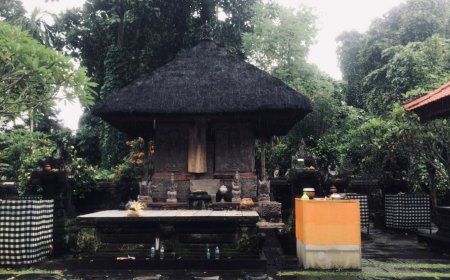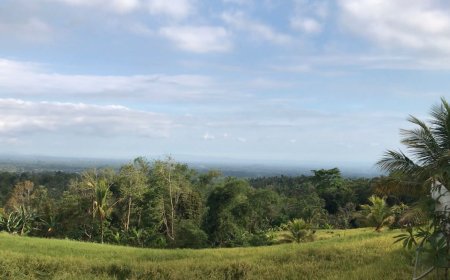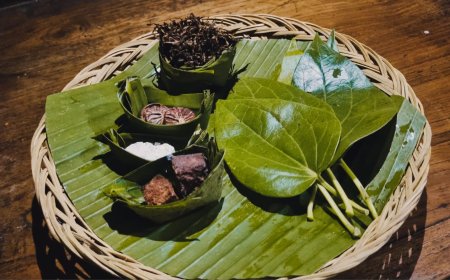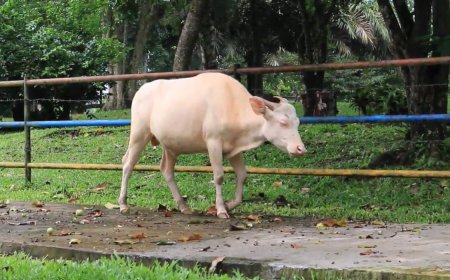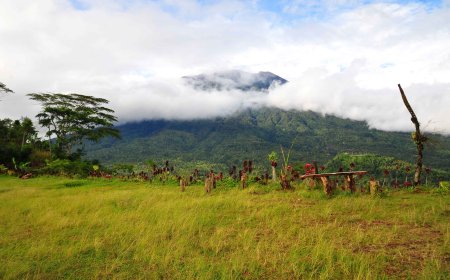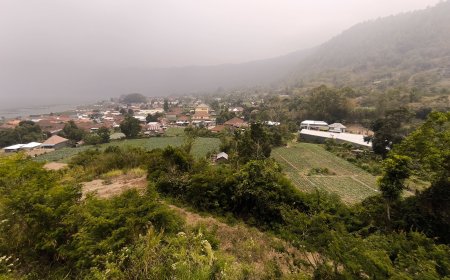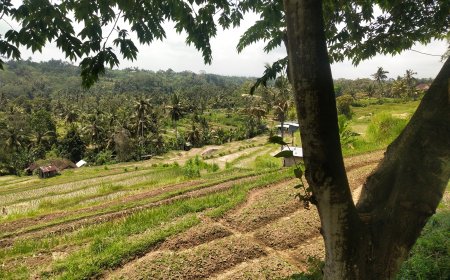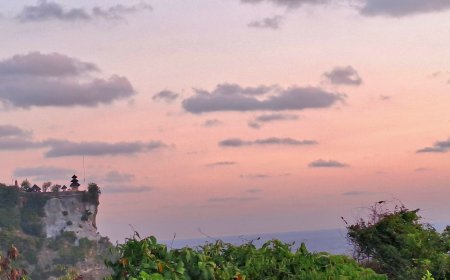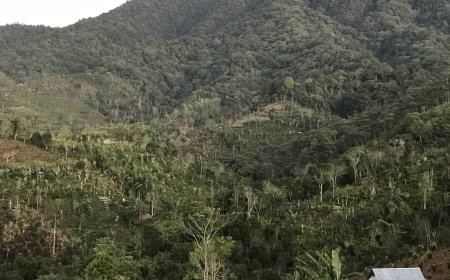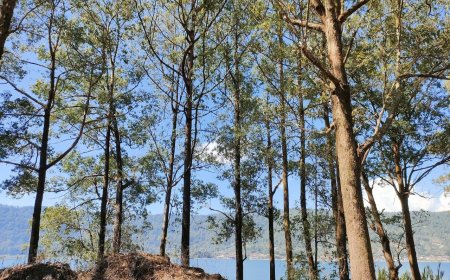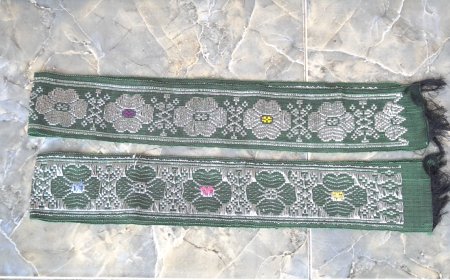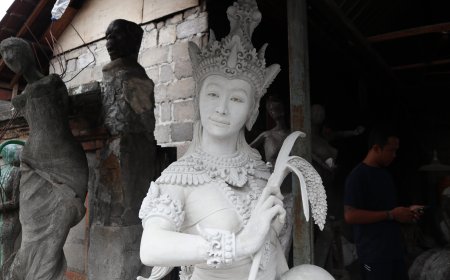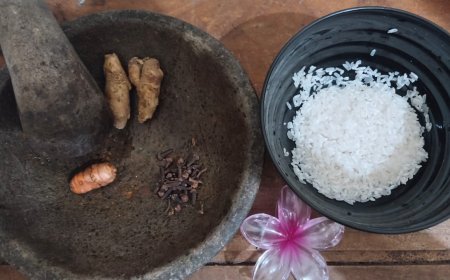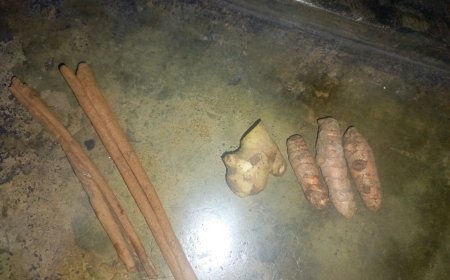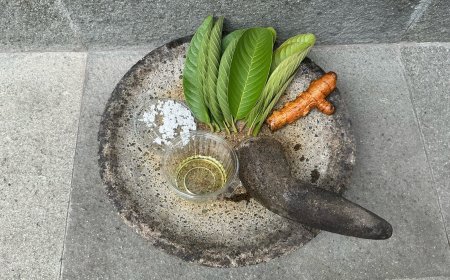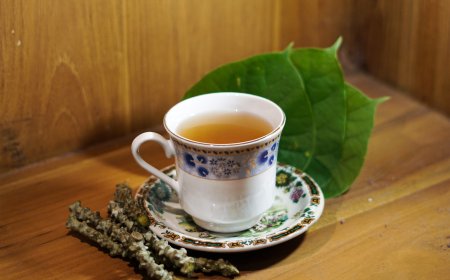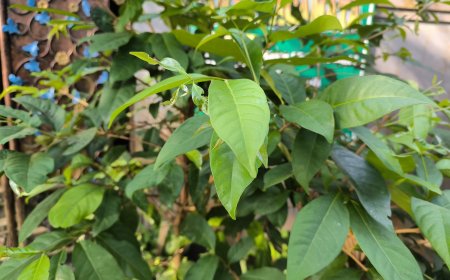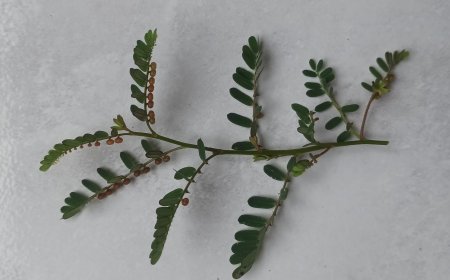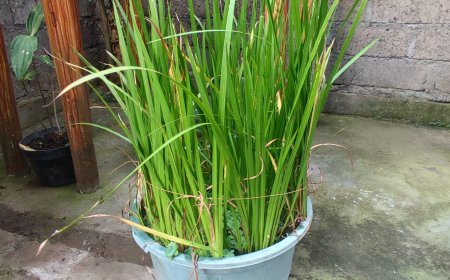Semanggi Gunung: Rarely Known Yet Packed with Benefits in Usadha Tiwang
Mountain Clover Leaf, a herbal plant with many health benefits. Mountain Clover Leaf can combat cancer, maintain healthy blood circulation, treat skin diseases, and cure typhoid fever. Mountain Clover Leaf can also be combined with tamarind for a refreshing taste.
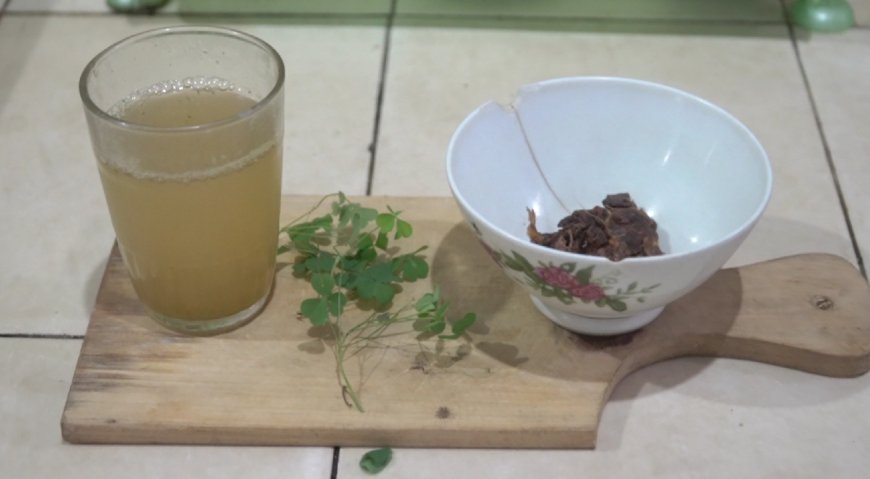
Mountain cloverleaf, scientifically known as Hydrocotyle sibthorpioides Lam, is a herbal plant belonging to the Apiaceae family. This plant is typically found growing wild in humid places such as grassy fields, riverbanks, gardens, and empty yards. It is characterized by its round, heart-shaped leaves with a color ranging from light to dark green, offering a refreshing, sweet, and slightly spicy taste. Mountain cloverleaf leaves are not only delicious as a side dish but also possess numerous health benefits, serving both as traditional medicine and a subject of scientific research.
One of the main benefits of mountain cloverleaf leaves is its ability to combat cancer. Based on scientific research, these leaves contain various phytochemical compounds such as polyphenols, flavonoids, flavonols, palmitic acid, hyperin, and coumarin. These compounds exhibit beneficial biological activities, including antioxidant, antiproliferative, anti-inflammatory, antibacterial, antiviral, and antitumor properties.
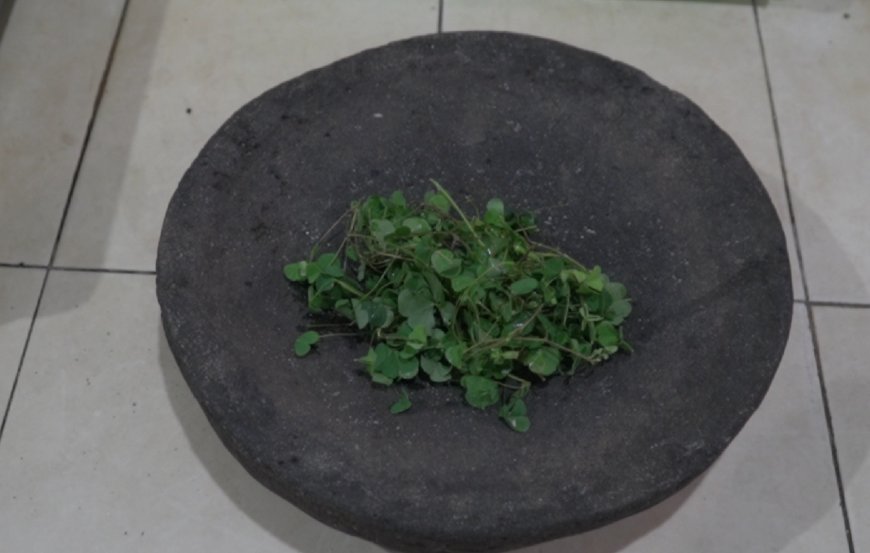
Mountain Cloverleaf Leaves (Source: Author's Collection)
Additionally, mountain cloverleaf leaves play a crucial role in maintaining blood circulation. The coumarin compounds present in these leaves can thin the blood and prevent clotting, helping to address circulation disorders such as hypertension, varicose veins, and stroke. Mountain cloverleaf leaves can also enhance blood flow to the brain and heart, subsequently improving cognitive and cardiovascular functions. Moreover, these leaves have the potential to address various skin issues. The hyperin compound in the leaves exhibits antibacterial and anti-inflammatory activities. Using mountain cloverleaf leaves by crushing them with alum and applying the mixture to problematic skin areas can aid in wound healing, reduce inflammation, and prevent infections in various skin conditions such as boils, scabs, eczema, and scrotum.
Mountain cloverleaf leaves can also be used as a traditional remedy for typhoid fever. Bacterial infection caused by Salmonella typhi can be addressed through the flavonoid compounds present in mountain cloverleaf leaves, which exhibit antiviral and antioxidant activities. The process of making mountain cloverleaf juice with the addition of honey can help reduce body temperature, eliminate toxins, and enhance the body's resistance to typhoid fever.
Mountain cloverleaf leaves are often processed by adding tamarind (asam Jawa) to provide a fresher and unique taste, while also offering additional health benefits. Tamarind not only imparts a distinctive sour touch but also contains vitamin C and antioxidants that can boost the immune system and support digestion.
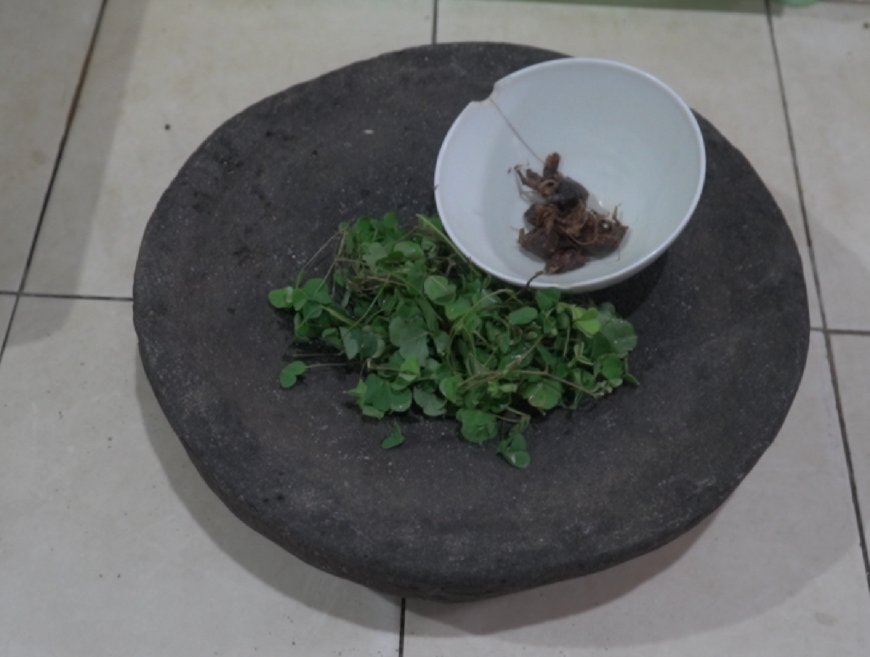
Mountain Cloverleaf Leaves and Tamarind (Source: Author's Collection)
Making a concoction using mountain cloverleaf leaves and tamarind can be done with simple steps. Here is a guide on how to make it:
1. Take a handful of mountain cloverleaf leaves that have been thoroughly washed. Prepare several pieces of tamarind.
2. Crush or grind the mountain cloverleaf leaves until smooth. Coarsely chop the tamarind pieces.
3. Place the crushed mountain cloverleaf leaves and tamarind pieces in a pot. Add a sufficient amount of water for boiling. Heat until it boils, then reduce the heat and let the concoction boil for several minutes.
4. After the concoction has been boiled properly, strain it using a fine sieve to separate the chopped pieces and obtain the clear liquid of the concoction.
5. The strained concoction can be consumed as juice or tea.
